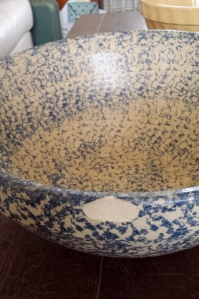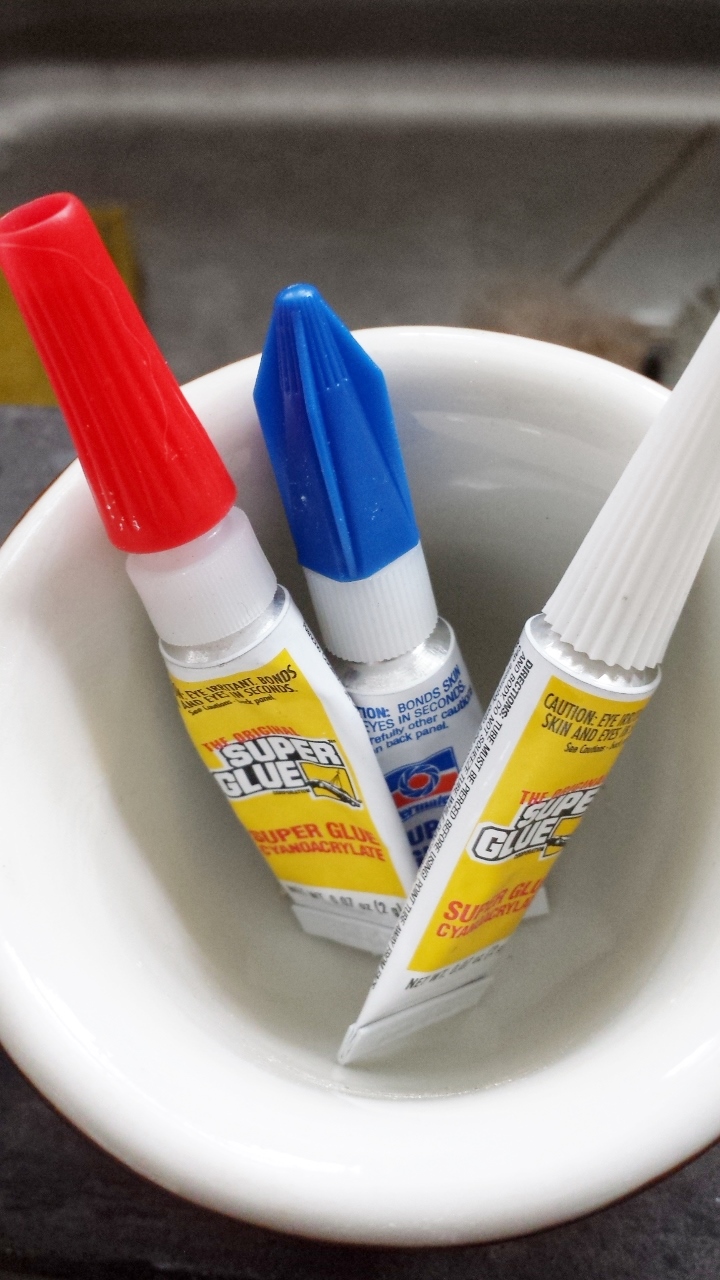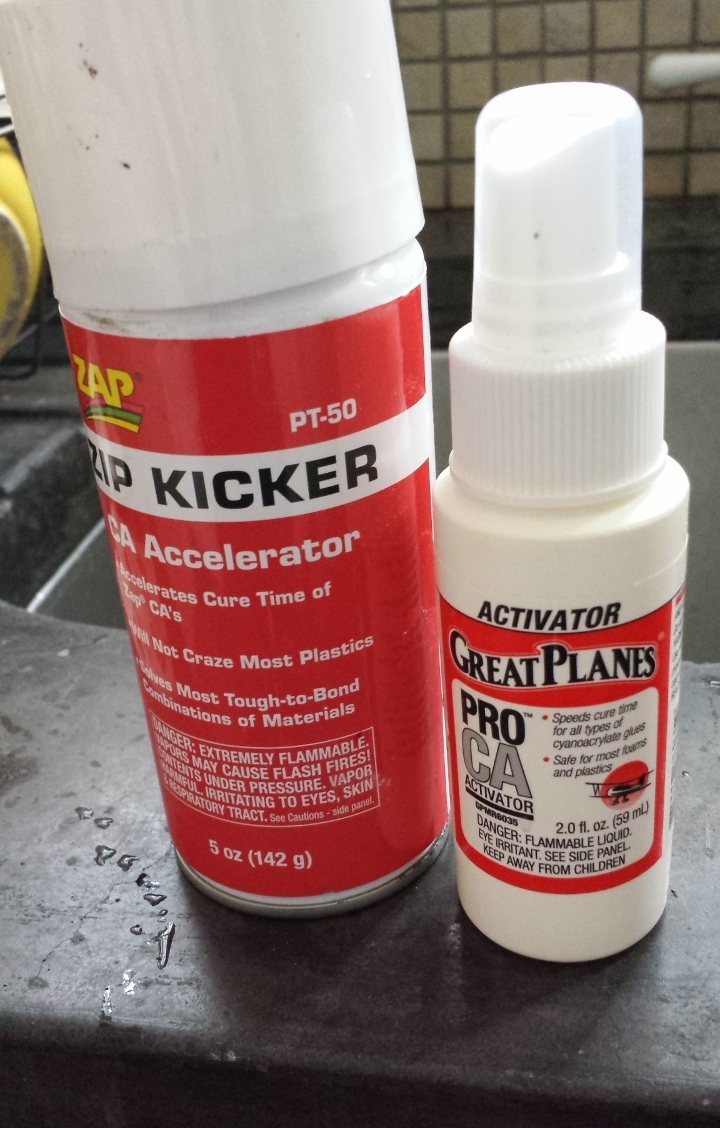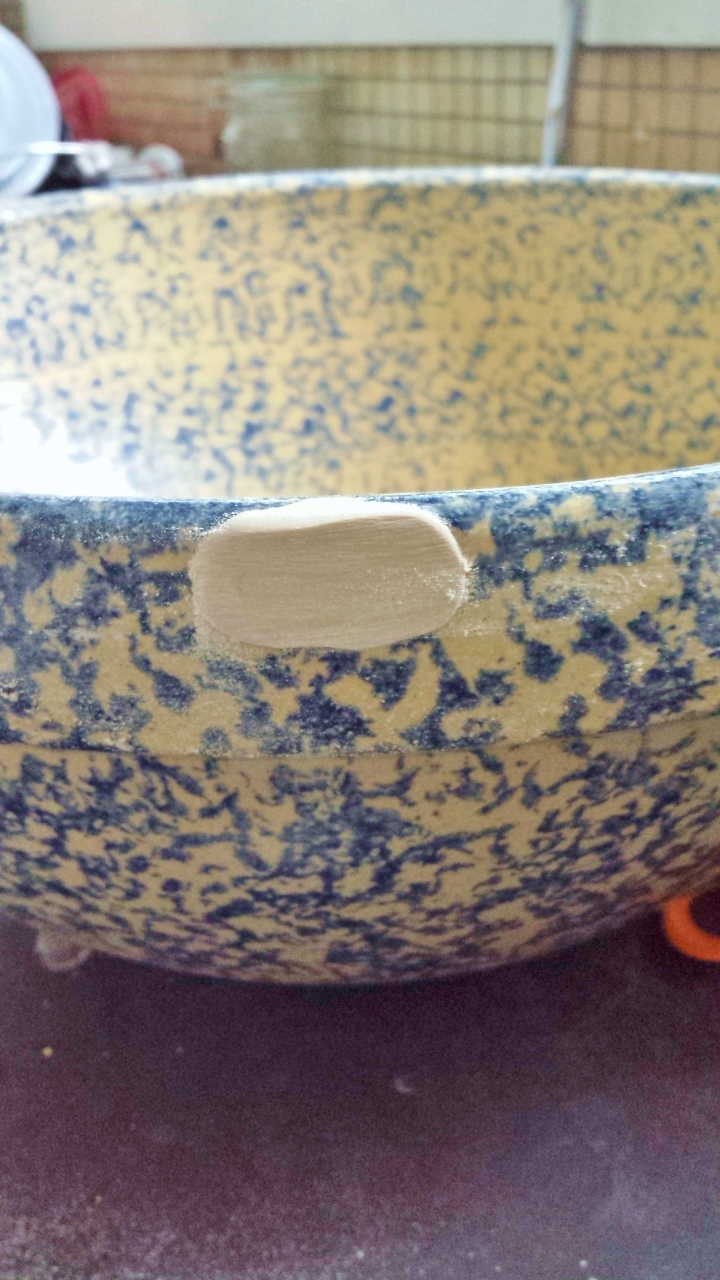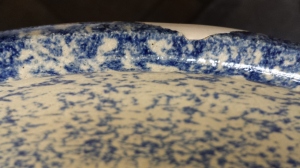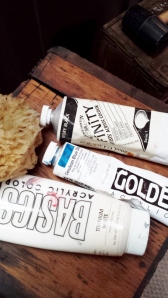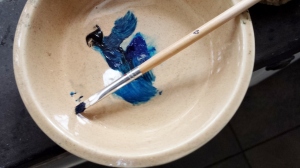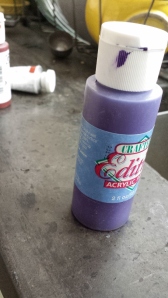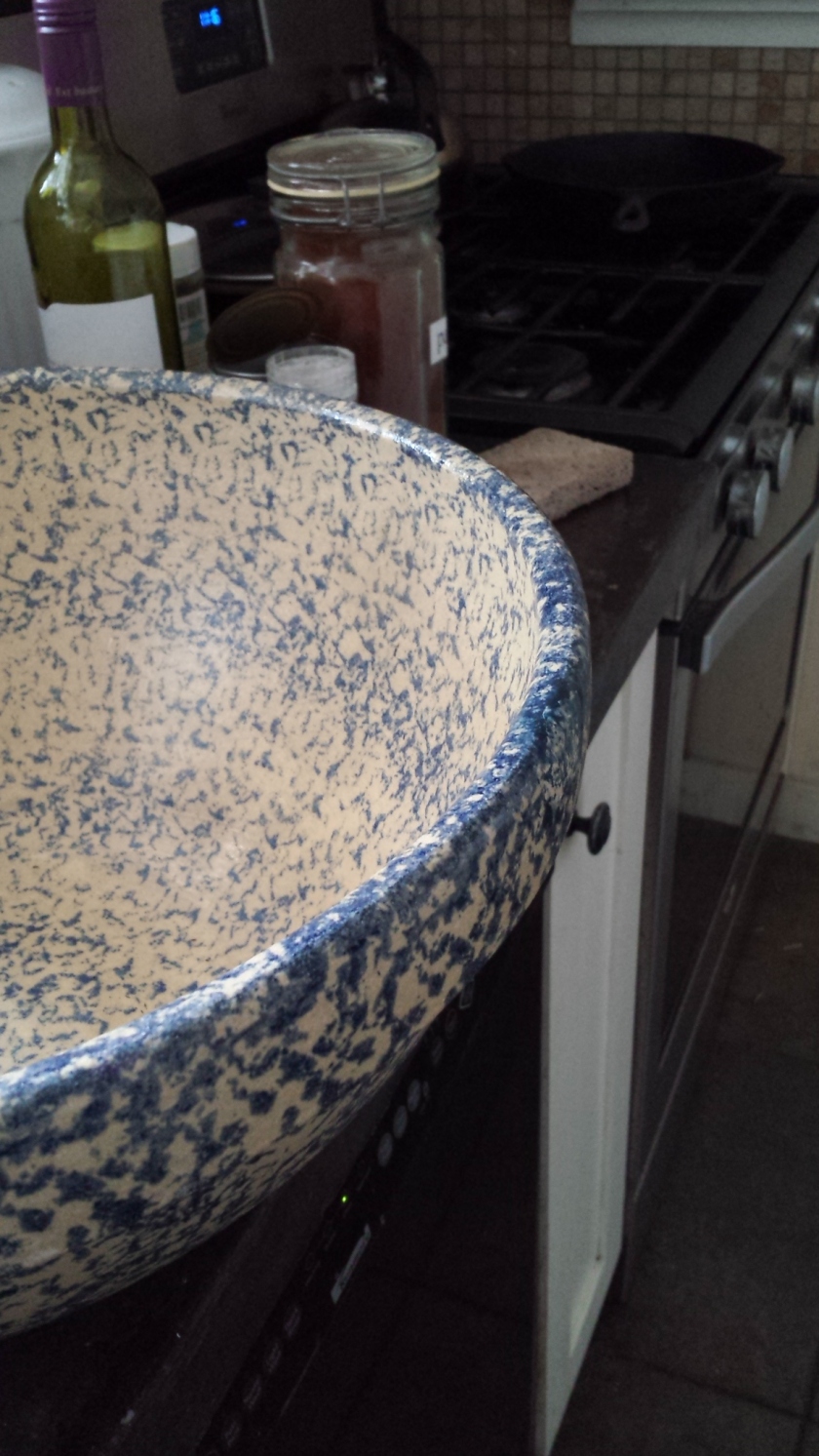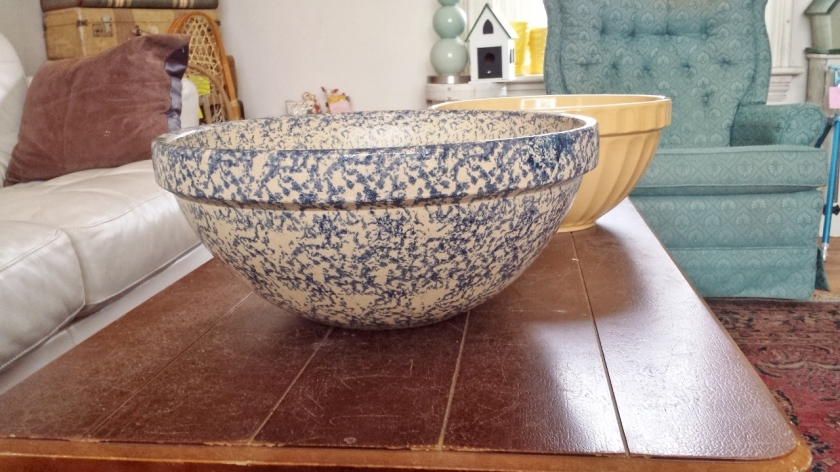
Trying too hard is the kiss of death for creative projects.
I don’t know if this happens to you. But sometimes when I’m trying to create, I get caught up in what I want my end result to be. And very quickly, I find myself totally off-course.
Now, that seems a little counter-intuitive. Aren’t we supposed to have goals? How can we accomplish anything if we don’t know what we want our end results to be???
Here’s an example right in front of your nose–literally! (You’re reading this, aren’t you?) :^)
Sometimes when I sit down to write in my blog, I think, “Wow, that was a really funny post I wrote yesterday! I’d like to do that again.”
I try to think of funny things to write about. Soon I’m trying to “force” a subject. The writing gets labored and self-conscious. I eventually quit in frustration.
This happened awhile back because I was sending samples of my writing to a new editor. As I pulled together the columns I wrote for Crafts Business magazine, I started reading them and laughing. “Damn, I’m good!” I thought. “I loved writing this column! Just look how funny these are!”
Kiss o’ death to a writer. I could not think of anything to write about for the next few days. I was trying so hard to be funny, I couldn’t even think of anything to be funny about.
Same if I try to write about something serious. I start sounding pompous about six minutes in.
If I try to make “a really great piece” when I put my fiber collages together, it gets even stickier. Suddenly, nothing looks right, nothing clicks. And halfway through, I chuck the whole thing in frustration.
There’s a similar effect for some people in martial arts. Performing a kata in front of the whole class, for example. Some get caught up in how they look to others. They forget to focus simply on what they’re doing. It’s agonizing to watch, too. Especially to those of us who realize we do the same thing when it’s our turn to perform a kata.
I think this happens because this mindset–putting our focus over “there”, “there” being someone else’s judgmental mind–gives over way too much power to our Inner Critic. We try to look at ourselves the way we think other people look at us.
The minute we set ourselves up for, “I’m going to be funny today!”, the Inner Critic is right there with us: “That’s not very funny. That’s not funny, either. Hey, maybe….mmmmm, nope. No. Sorry.”
Our Inner Critic starts out as an internal bullshit detector, a very useful creature to have in our brain. It can keep us from getting too full of ourselves. But when you let him drive all the time, then he becomes that Non-Stop Inner Critic–a lethal combination. And putting that guy in the yoke with your Inner Artist/Performer/Class Clown means your brain is going to go in circles. (I had a metaphor going there but I lost it. Sorry. It was something about oxen.) The two Inners are too busy fighting about who’s in charge. Your creative movement goes right out the (car) door. (Barn door??)
We temporarily lose our way by focusing on the effect we want to create. We have stepped away from our authentic voice–the place where we focus on what’s important to us–and instead given focus to what we think other people will find important.
Once you try to work for other people, you are lost. Mostly because “other people” is too big an audience. Too many points of view to consider, too much ground to cover.
Come to think of it, that’s why singers and speakers are often told to envision themselves performing for a single member of their audience. It’s so they can bring that focus down to one concentrated point.
I’ve found a few approaches to working through the self-conscious crap thing.
PLAY. Warm up with little exercises that aren’t as emotionally loaded with expectation. With fiber, that might mean working with a tight color scheme, and simply playing with smaller compositions (I call them “fragments”) and different uses of those colors. The “play” or “study” aspect allows my brain to get flowing in that more natural creative mindset again. “Hey, that one looks cool! What if I used a pumpkin-colored button instead of goldenrod?” Soon something exciting is happening. The brain is focused simply on what really matters to you as a visual artist–composition, contrast, eye movement. Your creative footing becomes sure again. You can move confidently ahead.

PRACTICE. With martial arts, it’s doing those damn kata about a jillion times, until our body can almost do it in our sleep. As the body moves with confidence about what movement comes next, we can focus on what really matters–balance, rhythm, power. Your footing literally becomes sure again. You know what to do.
PAY ATTENTION. It’s paying attention to what matters to me. Forget about that audience for the moment.
Is there an incident that’s bugging me? Why did it bug me? Aha! Once I have insight into that, I can expand upon it and write about it. Did something frustrating happen? How did I work through it? Aha! There’s another insight, an idea of how to stay committed to my dream when things get hard. And here’s way to use humor to get through the some of the scruffier parts of life.
When you start with what catches your interest, your heart, and go from there, the work will follow, naturally. When these basic self-focus points are created, then the work can move on more naturally to something more powerful.
Your audience will just naturally come right along with you.
And if they don’t, well, at least maybe your mother thinks you’re funny.
(“Self-Conscious Crap” originally published on my old Radio Userland blog on April 13, 2007.
And I was not trying to be funny nor serious, so there.)








